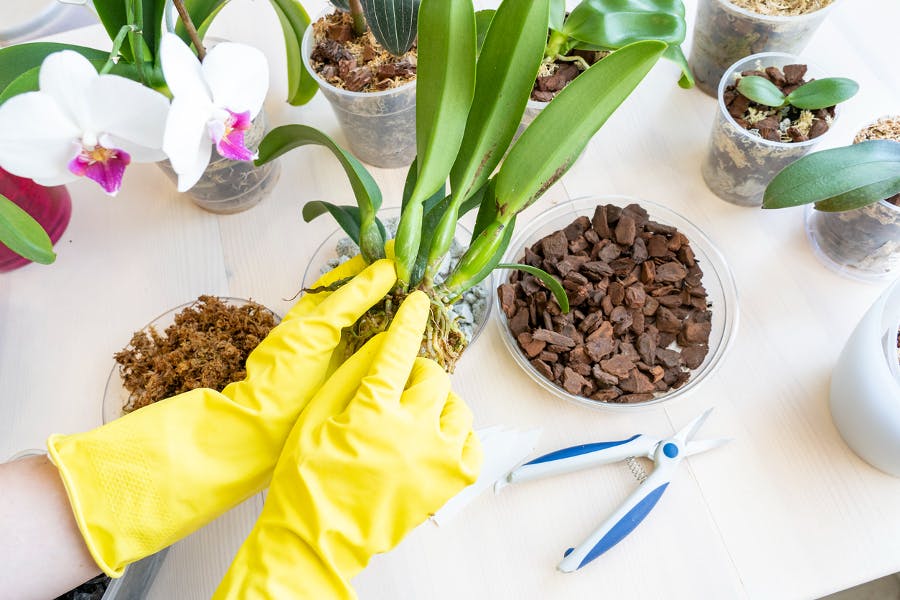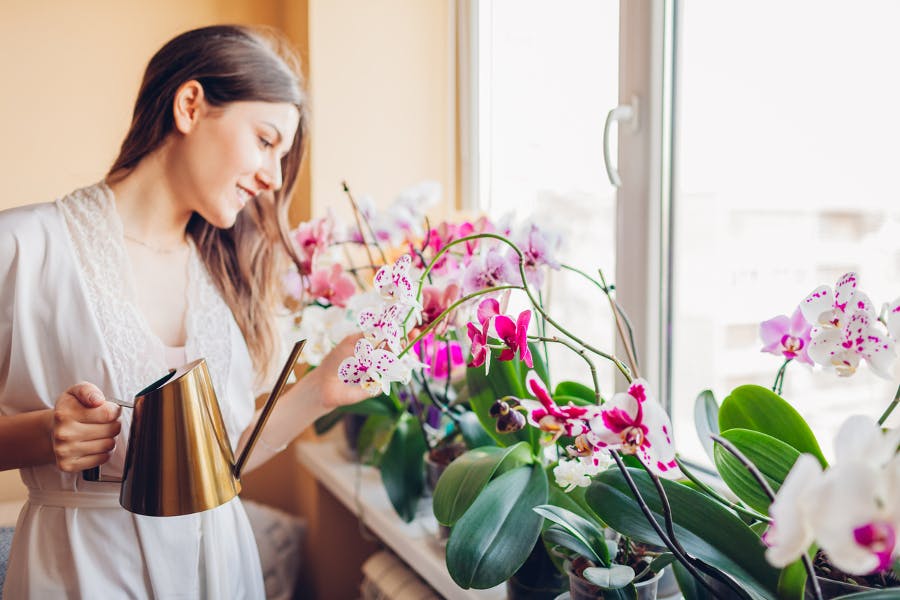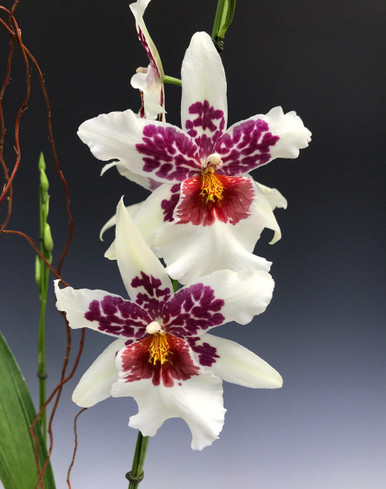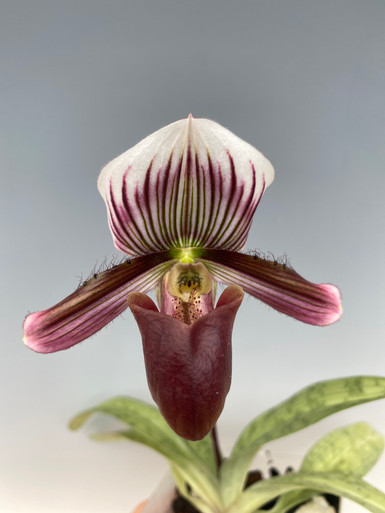Orchid Care: Tips for Beginners
As one of the most diverse plant families in the world, orchids provide an endless variety of growth forms and flower types to enjoy. These plants make for excellent houseplants, often blooming for several months each year with the proper care. To succeed, you’ll need some basic knowledge about how orchids grow. Here are a few quick tips to get started:
- Water when the potting media becomes slightly damp to the touch, typically once a week. Avoiding over-watering to prevent root rot.
- Most orchids grow best in intermediate light conditions, such as a bright windowsill facing east or west.
- Fertilize weekly using Green Jungle Orchid Food.
- Repot into fresh orchid mix when the potting media begins to break down, ideally during the active growth season when the orchid is producing new roots.


The Orchidaceae plant family is incredibly diverse, with roughly 880 genera and 26,000 species. Most are tropical epiphytes (growing on other plants), while some are lithophytes (growing on or among rocks) or semi-terrestrials (growing in high draining soil). With so much diversity, it can be difficult to offer one-size-fits-all guidelines on orchid care. When it comes to orchid species in your collection, we recommend reading up on the native habitat conditions of the species to understand its growing preferences. For this list, we’ll be primarily orienting these tips towards orchid hybrids, which have been bred to be relatively easy to care for with frequent flowering. Here are 10 frequently asked questions about orchid care:
How much light do orchids need?
Orchids need bright, indirect light. A windowsill facing east or west is often a good location. As a general rule of thumb, the following orchid genera can be said to prefer:
- Brighter, more intense light: Cattleya, Neofinetia, Vanda
- Semi-shaded light: Angraecoid, Cymbidium, Dendrobium, Oncidiinae and Stanhopea
- Shaded light: Bulbophyllum, Lycaste, Miltoniopsis, Paphiopedilum, Phalaenopsis, Phragmipedium, Pleurothallidinae
How do I know when my orchid needs to be repotted?
Orchids generally need to be repotted when they outgrow their current pot, or when the potting mix has broken down and is no longer providing proper support. One of these is typically necessary every 2 years in the spring. When repotting, choose a pot that is large enough to accommodate 2 or 3 years growth. If growing a sympodial orchid (one that sends out new side growths each year), position the plant with its oldest pseudobulbs to the edge of the new pot. Then, spreading the plant roots out, fill in the space with the potting medium. To avoid the transfer of orchid diseases, it is standard procedure to sterilize all cutting and potting instruments before using them on a plant. This can be done by flaming pruning shears with a butane torch, or by spraying with rubbing alcohol and wiping with a clean paper towel.
What is the best potting mix for orchids?
Orchids need a mix that is well-draining and allows air to circulate around the roots. We typically recommend New Zealand Sphagnum Mossas a standalone potting medium up to a 7” pot size. Moss offers the advantage of holding nutrients from liquid fertilizer more effectively than bark mix, and tends to dry more evenly as well. However, the longevity of moss is shorter than that of bark mix, and will have to be replaced every 1 to 3 years. Traditional Orchid Bark Mix, consisting of pine bark, perlite, and charcoal, is another popular potting media. Long-lasting and offering excellent drainage, this is a popular cost-effective potting medium for orchids. We strongly recommend bark mixes for orchids in pots larger than 7”, as moss can become waterlogged and anoxic when used at such large pot sizes.

How often should I water my orchid?
It's important to water regularly, with intervals in between that allow the potting media to dry. A good rule of thumb is to water once a week, or when the mix is slightly damp to the touch and the pot is light in weight.
How do I fertilize my orchid?
We highly recommend Green Jungle Orchid Food, specially formulated to provide orchids with the nutrients they would naturally encounter in their wild habitats. This is the fertilizer that we developed to use on our own plants in production, with excellent results for decades! This formula works best with water low in alkalinity (such as rainwater, distilled water, or reverse osmosis water). However, you may use tap water, keeping in mind that mineral buildup will require repotting more frequently, on the order of every 1 to 2 years.
If potting in bark mix, fertilize every time you water during the growing season, flushing with non-softened water once a month. This rinses the media of salt and mineral buildup. During periods of inactive growth, fertilize every other watering. If potting in sphagnum moss, fertilize every 3rd watering year round.
Featured In-Spike Orchids
Shop all →





